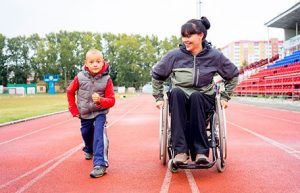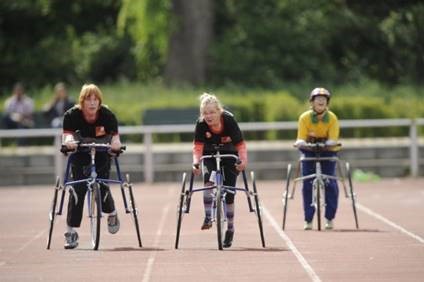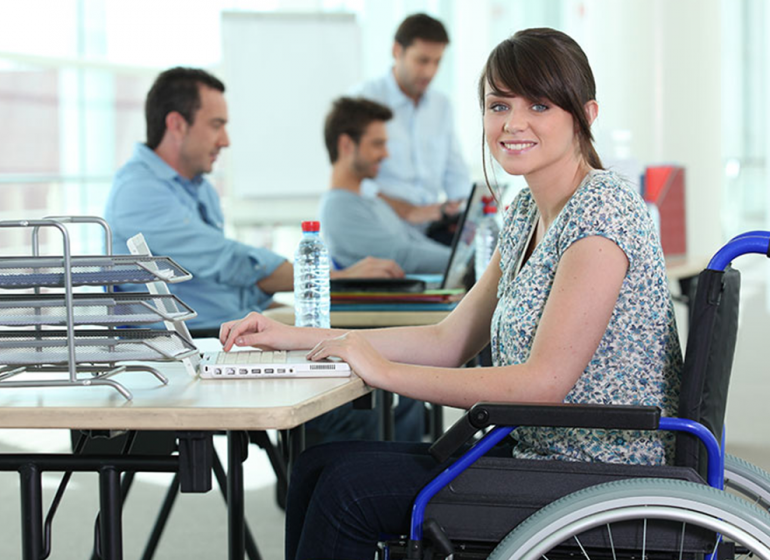Everybody needs physical activity and exercise for good health. Most adults with disabilities are able to participate in physical activity, yet nearly half of them do not get any aerobic physical activity.
Physical activity plays an important role in maintaining health, well-being, and quality of life. Physical activity can help control weight, improve mental health, and lower the risk for early death, heart disease, type 2 diabetes, and some cancers.

For people with disabilities, physical activity also can help support daily living activities and independence. All adults, with and without disabilities, need at least 2.5 hours per week of aerobic physical activity, at a moderate-intensity level, to gain many of these benefits.
People with Disabilities could suffer with:
- Serious difficulty walking or climbing stairs
- Deafness or serious difficulty hearing
- Blindness or serious difficulty seeing
- Serious difficulty concentrating, remembering, or making decisions
- Difficulty doing errands alone
- Difficulty dressing or bathing
Adults with disabilities are more likely to have heart disease, stroke, diabetes, or cancer than adults without disabilities. Physical activity can help reduce the impact of these chronic diseases.
Disability does not have to equal poor health. Most adults with disabilities are able to participate in regular physical activity; however, nearly half of all adults with disabilities do not get any aerobic physical activity.

If you have a disability and want to make physical activity part of your daily routine, here are some steps that you can follow:
Find Your Own Path to Physical Activity
Visit your doctor.
- In consultation with a health care professional or physical activity specialist, people with chronic conditions or disabilities should understand how their disease or disability affects their ability to do physical activity.
- Talk to your doctor about how much and what kind of physical activity is right for you.
- Discuss your barriers to physical activity.
- Ask your doctor to put you in contact with resources and programs to help you begin or maintain your physical activity.
Find out how much activity you need from the our certified experts .
Be active your way.
- Some people with disabilities may be capable of doing a substantial amount of physical activity;
- Decide how much physical activity is right for you and your fitness level.
- Decide what kind of physical activity you enjoy, for example, general gardening, doing chores around the house, wheeling yourself around in your wheelchair, walking briskly, dancing, and playing wheelchair basketball, tennis, or soccer.
- Find ways to include your favorite physical activity into your everyday life.
Start slowly.
- If you are an adult with chronic conditions or disabilities, you should engage in regular physical activity according to your ability.
- Start slowly based on your ability and fitness level. For example, be active for a few minutes at a time, and then slowly increase the time you are active over several weeks, if necessary.
- Do what you can to get active! Some activity is better than none!
Have fun with family and friends.
- It is easier to stay active with the support of family and friends.
- Invite your loved ones to be active with you. For example, together you can dance, play outside with a ball, or walk or wheel around the neighborhood.
- Join our social activities, contact us to find out more.

